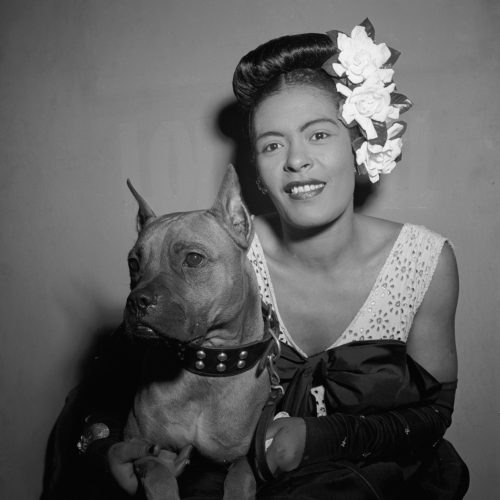Autumn, 1937.
Harvard graduate, now high school English teacher Abel Meeropol submits his newest poetic offering to local Union publication The New York Teacher in a bold and unapologetic attempt to shine a light southward and into the face of the ongoing atrocities that seem to stick like burweed into the fabric of Southern culture.
“Bitter Fruit,” published under his pseudonym Lewis Allan, is Meeropol’s weaponized reaction to the now-famous Lawrence Beitler photograph depicting a scene that falls decidedly short of Southern charm. Emboldened by peers’ response to the poem, Meeropol and his wife will proceed to perform the work around friends and guests, whenever opportunities present.
New York City in the 1930s is a world away from Ol’ Dixie. While the South basks and bakes under sweet Magnolia blooms, New York is ground zero for a vastly superior blossoming: integration. Integration that, while slow to unfurl and reveal its beauty, will ultimately prove to be the vehicle that brings “Bitter Fruit” to life and light.
Enter Cafe Society, 1939 in New York’s Greenwich Village. Being the city’s first integrated nightclub, talent is fierce, and at the dawn of WWII, one woman has cemented her feet to the small, smokey stage.
Her name is Billie Holiday, and she is set to simultaneously turn “Bitter Fruit” strange and launch herself into the racial battlefield from which fires still smolder, 90 years on.
Holiday, after settling on a musical arrangement and renaming the piece, will be permitted to perform the juggernaut during her ongoing residency at Cafe Society under a few conditions: It must be her closing song (after drink service has ceased,) and she must do no encores.
Holiday’s label, Columbia Records, would – despite the song’s swift and thorough pollination around the New York scene – refuse to release any recorded version. Holiday, unfazed even upon learning that her producer’s aligned refusal, gained a one-day release from her label, allowing her to loosen the figurative binds and record “Strange Fruit” elsewhere.
Laden with vividly provocative imagery of victims swinging low, ready for harvest, Holiday allows a full 70 seconds of interlude before the damning first lines paint the picture in tight strokes of black and red.
Southern trees bear a strange fruit
Blood on the leaves and blood at the root
Black bodies swinging in the Southern breeze
Strange fruit hanging from the poplar trees
Cue death threats, lifetime bans from establishments and radio stations, and all the other accoutrements typically associated with healthy (yet defiant) acts of racial protest. More importantly, cue congressional petitions, cultural awareness, and countless covers.
Among those who pay tribute to this bold and battered song (see Nina Simone) will be Jeff Buckley. 55 years on, “Strange Fruit” will be a staple of Buckley’s own NYC residency at Cafe Sine-e, a mere mile from the stage on which “Strange Fruit” ripened and bit the music world to the core.







